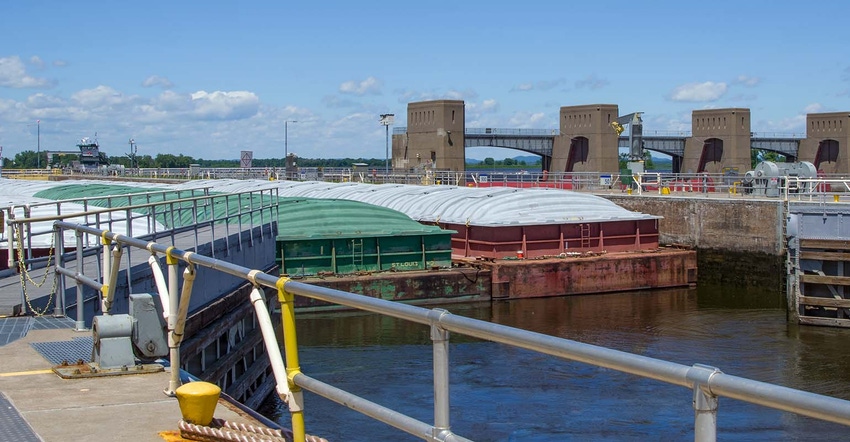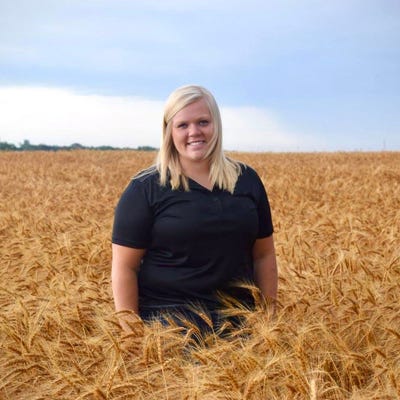
To ensure continued and reliable delivery of U.S. grain exports to customers around the world, farmer-led organizations are partnering to offer $1 million to aid with the pre-engineering and design work to enhance and maintain Lock and Dam #25 on the Upper Mississippi River.
Located in Winfield, Missouri, just north of St. Louis, Lock and Dam #25 is the most southern lock and dam on the Mississippi River with a single, 600-foot by 110-foot lock chamber. Most soybeans, corn and other grain transported along the Mississippi River from Illinois, Iowa, Minnesota, Missouri and Wisconsin pass through the lock and dam as they head to export facilities near the Gulf of Mexico.
United Soybean Board, the Soy Transportation Coalition, Illinois Soybean Association, Iowa Soybean Association, Minnesota Soybean Research and Promotion Council, Missouri Soybean Merchandising Council and Iowa Corn Promotion Board are proposing a $1 million investment to offset pre-engineering and design work expenses required to move the project forward. A new video explains the cooperative effort.
If approved for federal funding, the project would be the first under the Navigation and Ecosystem Sustainability Program. NESP is a long-term program authorized by Congress to improve and restore the Upper Mississippi River System. Primary opportunities of improvement include reducing commercial traffic delays while restoring, protecting and enhancing the environment.
Lock and Dam #25 is one of seven existing locks specified by NESP for improvements. These existing locks experience significant delays due to the single 600-foot lock chambers that raise and lower vessels moving from one water level to another. The 600-foot chambers require 1,200-foot barges to be disconnected and double-locked, significantly slowing delivery of U.S. grain commodities.
The new construction at Lock and Dam #25 would result in a new 1,200-foot by 110-foot lock chamber being built adjacent to the existing lock chamber. This would enable a typical fifteen barge tow to transit the lock in one single pass (a 30-45 minute process) compared to disassembling the barge tow into two sections, which will result in two passes (over two hours).
The Waterways Council, Inc. states an outage at this lock and dam would cost nearly $1.6 billion and increase the number of truck traffic trips by more than 500,000 annually. An economic impact analysis by the USDA demonstrated this lock and dam’s importance — predicting that even just a three-month shut down would result in aggregate economic activity related to grain barge transportation declining by $933 million.
“Agricultural products comprise 70% of what we move through this part of the Mississippi River, so it’s significant to U.S. farmers and international customers that rely on this infrastructure to have our transportation corridor functioning,” said Andy Schimpf, navigation business line manager, U.S. Army Corps of Engineers. “Barge transport via the lock and dam system provides the most economical, efficient and sustainable method of shipping U.S. soybeans and other goods.”
Source: United Soybean Board and the Soy Transportation Coalition, which are responsible for the information provided and is wholly owned by the source. Informa Business Media and all its subsidiaries are not responsible for any of the content contained in this information asset.
About the Author(s)
You May Also Like






